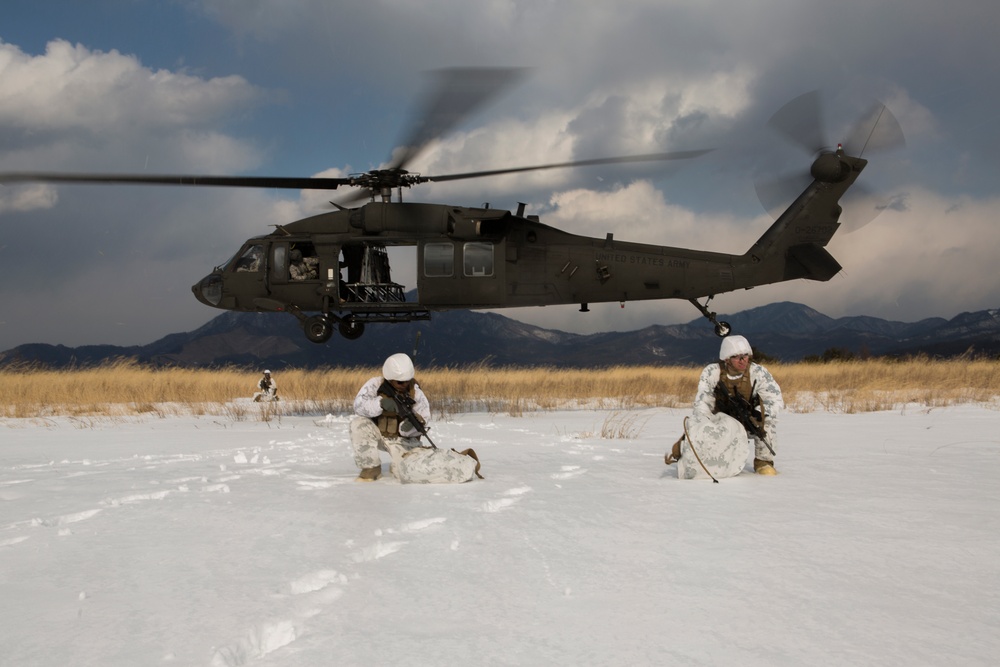The famous and long-lasting UH-60 Black Hawk, which has been flying since the 1970s, will likely remain in service until the 2030s. The airframe is simply so reliable and adaptable that it will continue on flying until the United States’ Future Vertical Lift Program provides a replacement.
The helicopter is the US Army’s primary medium-lift helicopter and was designed with the lessons learned during the Vietnam War in mind. The use of helicopters was critical in that war, but they experienced high losses. When the Black Hawk arrived it was more durable and faster than the Bell UH-1 Iroquois it replaced.
Background
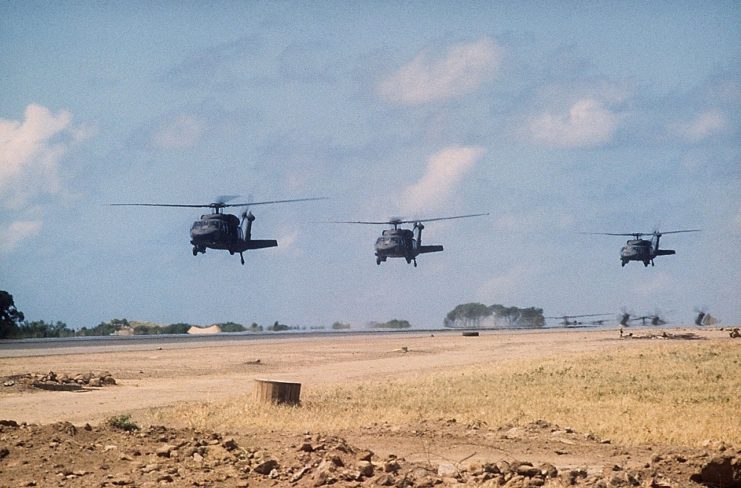
While the Vietnam War was instrumental in the development of many military technologies, it was particularly influential on helicopter designs. Helicopters had already been used in conflicts such as the Korean War, but in Vietnam, the US heavily relied on helicopters to move men and equipment.
They were used by units like the 101st Airborne Division and even the Marine Corps to make broad, large-scale maneuverers in ways fixed-wing aircraft or ground vehicles couldn’t match. Additionally, helicopters were indispensable in search and rescue operations and evacuating wounded troops.
They were used as precise instruments by special forces units, who could be transported behind enemy lines quickly and accurately.
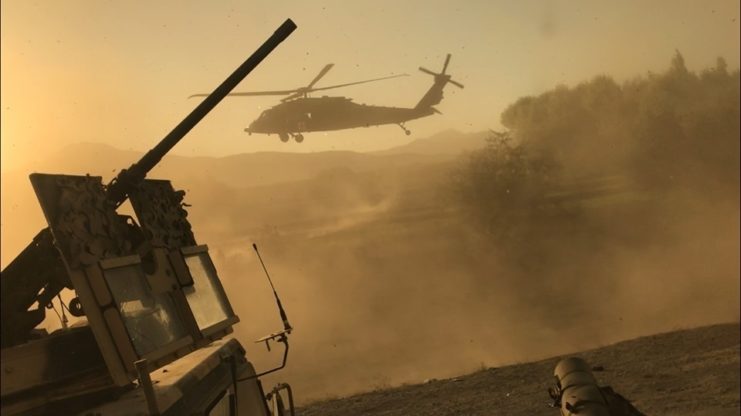
Their widespread use also brought high casualties, as nearly half of the 11,830 helicopters used in Vietnam were shot down. The UH-1 Iroquois, more commonly known as the Huey, was the most numerous helicopter of the war with over 7,000 being deployed to the region. Of these, 3,305 were shot down, while 2,704 passengers and crew were killed in them.
Vietnam taught the US that helicopters were extremely useful but extremely vulnerable. They continued to develop them after the war.
With the guerrilla warfare of Vietnam over, the US and its allies once again prepared for battling vast numbers of Soviet tanks and men. However, the US was concerned that if they lost so many helicopters to the rather primitive forces in Vietnam, the well-armed and trained Soviet forces would have no problem inflicting even higher losses.
Therefore they needed a helicopter that was fast and durable to survive on the battlefields of the Cold War.
The UH-60 Black Hawk
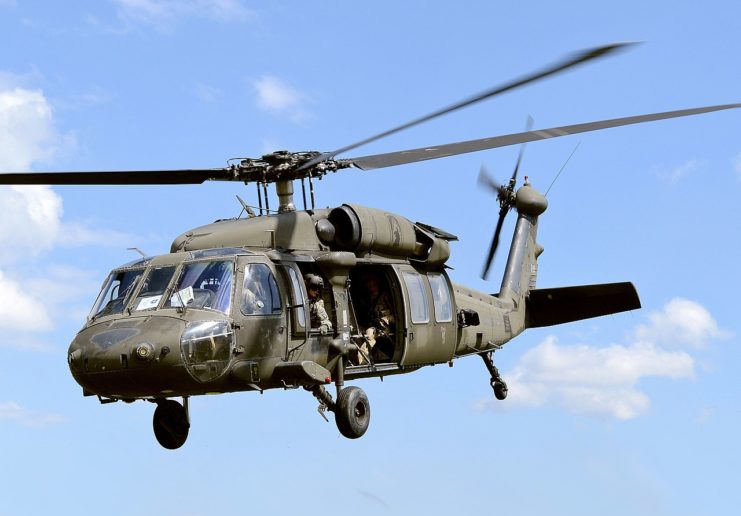
In the early 1970s, Sikorsky and Boeing-Vertol competed against each other to develop a new helicopter that achieved these requirements. Sikorsky won the competition in 1976 and was awarded a contract to produce their helicopter. It entered service as the UH-60 Black Hawk in 1979.
Despite being twice the weight of the Huey, the Black Hawk has a top speed of 183 mph, compared to Huey’s maximum of 127 mph. Two General Electric T700 turbine engines gave it plenty of power and increased the helicopter’s survivability if one engine failed.
It can carry 1,200 kg (2,640) internally or 4,100 kg (9,000 lbs) externally.
Learning from experiences in Vietnam, the Black Hawk was well protected. Both the pilot and copilot sit on armored seats, the fuel tanks are self-sealing and the rotors are reinforced with titanium cores that can survive hits from up to 23 mm weapons. The Black Hawk’s AN/APR-39 radar detects incoming missiles, which can then (hopefully) be thrown off course by chaff and flares.
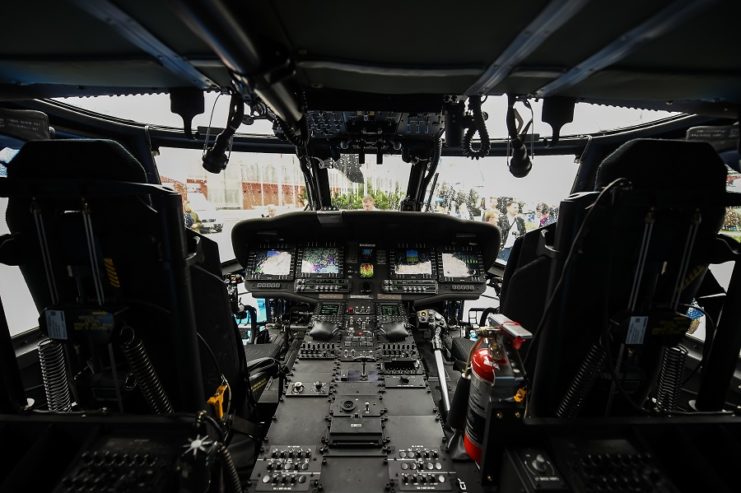
Although they usually operate without many weapons, Black Hawks are capable of carrying a vast amount of firepower thanks to the helicopter’s lifting abilities. The 160th Special Operations Aviation Regiment developed the UH-60 Direct Action Penetrator, a gunship variant that can optionally mount Stinger antiair missiles, 2.75-inch Hydra rockets, M230 30 mm chain gun, M-134 miniguns, Hellfire antitank missiles, and GAU-19 gun pods on winglets.
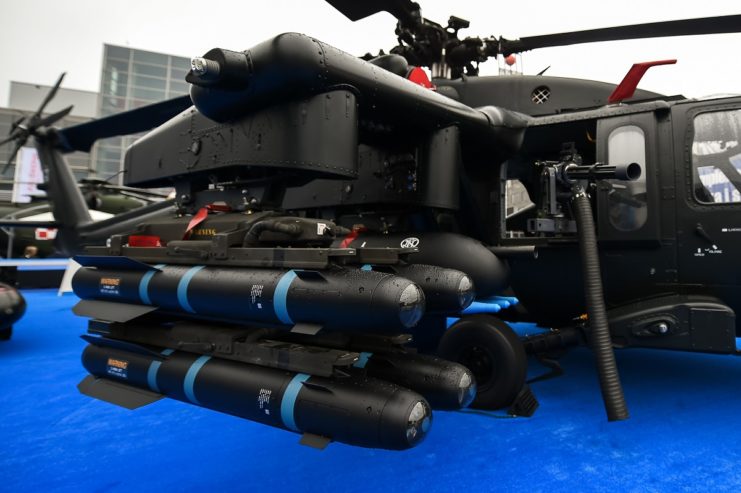
It is believed that the Black Hawks used in the raid that killed Osama bin Laden were also heavily modified. Antiradar coatings, low-noise blades, treated windshields, and changes to the helicopters’ actual shape are all modifications these Black Hawks likely received.
As the airframe is so dependable, and because there are currently no replacements ready, the UH-60 will carry on in use until at least the early 2030s. At this time the helicopter is expected to be replaced by the Joint Multi-Role Medium helicopter from the Future Vertical Lift Program.
Currently, one of two new helicopters will replace the UH-60. These are the Sikorsky-Boeing SB-1 Defiant and the Bell V-280 Valor. Ironically, Boeing lost to Sikorsky’s UH-60 design in the 1970s, and Bell produced the Huey, which was replaced by the UH-60.
